



Using high-powered cleaning tools on your vehicle can be a pragmatic option if executed correctly. I recommend ensuring that the nozzle is set to a wide spray pattern and the water pressure remains at a maximum of 1200 psi. This level is sufficient to remove grime without damaging the paint finish.
It’s crucial to maintain a distance of at least 2 feet from the surface while operating. Getting too close might lead to unintended abrasions. Additionally, start from the bottom and work your way up, rinsing off any soap and debris as you go to prevent streaking.
Moreover, focus on specific car segments. Avoid directing water streams towards sensitive areas such as electrical components, undercarriages, or areas with loose seals. Implementing these practices enhances safety while preserving the integrity of your vehicle.
Guidelines for Using High-Pressure Cleaners on Vehicles
Using high-pressure cleaners can be appropriate for vehicle maintenance, but specific practices should be followed to avoid damage. I recommend utilising a pressure level below 1200 PSI. Higher pressures can strip paint and damage sensitive areas like seals and trim.
Recommended Techniques
.jpg)
Focus on maintaining a distance of at least 2 feet from the surface while washing. This technique helps to prevent any forceful impact on the paintwork. Apply a soap solution or car-specific cleaner before rinsing to break down dirt effectively.
Areas of Caution
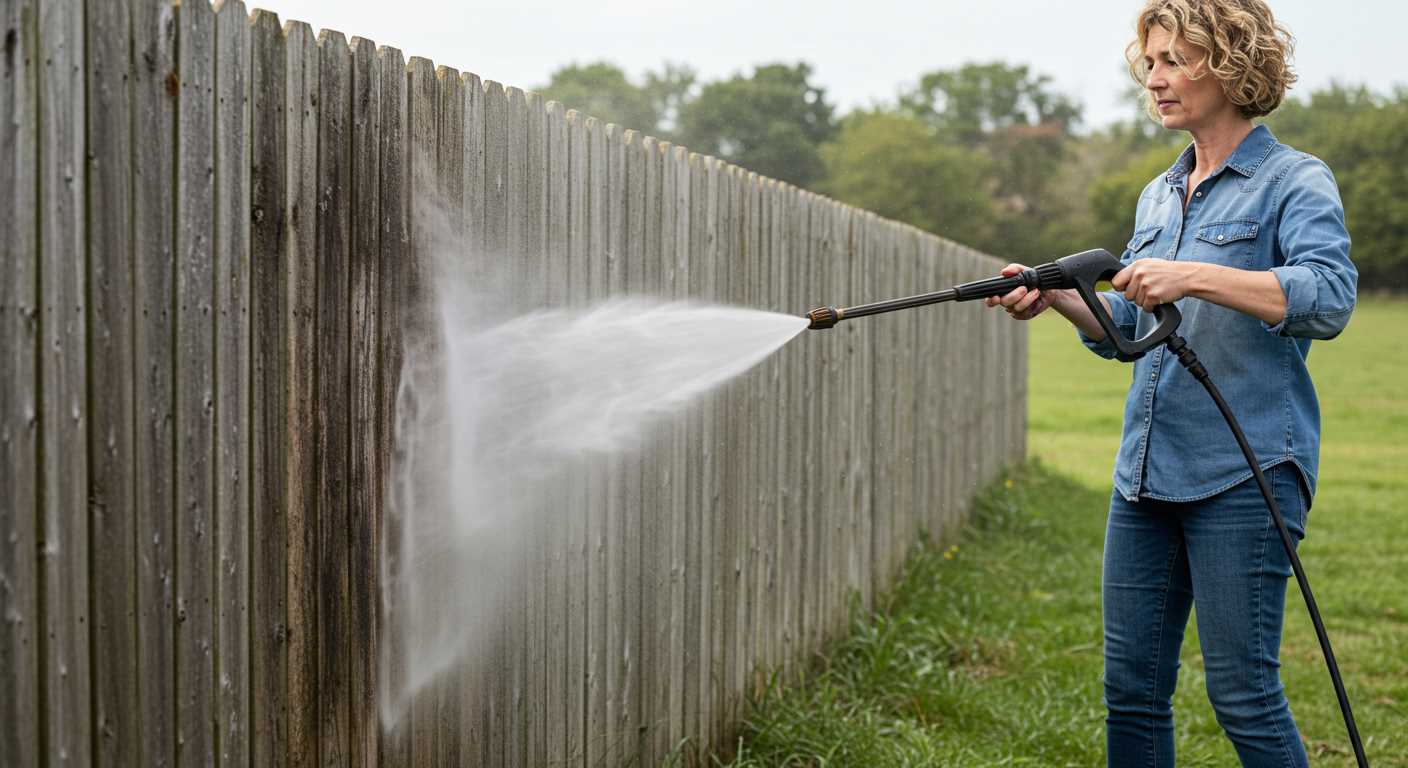
Be cautious around sensitive components: electrical connectors, grills, and undercarriage parts. Direct force to these areas can lead to costly repairs. Avoid using vortex nozzles; instead, opt for a fan nozzle that spreads the pressure evenly, which is less likely to cause harm. Lastly, avoid prolonged exposure on any single spot to prevent damage to the finish.
| Technique | Description |
|---|---|
| Distance | Maintain at least 2 feet from the vehicle’s surface. |
| Pressure Level | Keep it below 1200 PSI to avoid damage. |
| Cleaning Solution | Use a soap solution on the vehicle before rinsing. |
| Nozzle Type | Utilise a fan nozzle for even pressure distribution. |
| Duration | Avoid prolonged exposure on any area to protect the finish. |
Following these guidelines will help maintain the vehicle’s appearance while ensuring that potential damage is minimised. While cleaning, be mindful of the specific needs of your vehicle’s make and model, as some designs may have unique vulnerabilities.
Understanding Pressure Washer Specifications
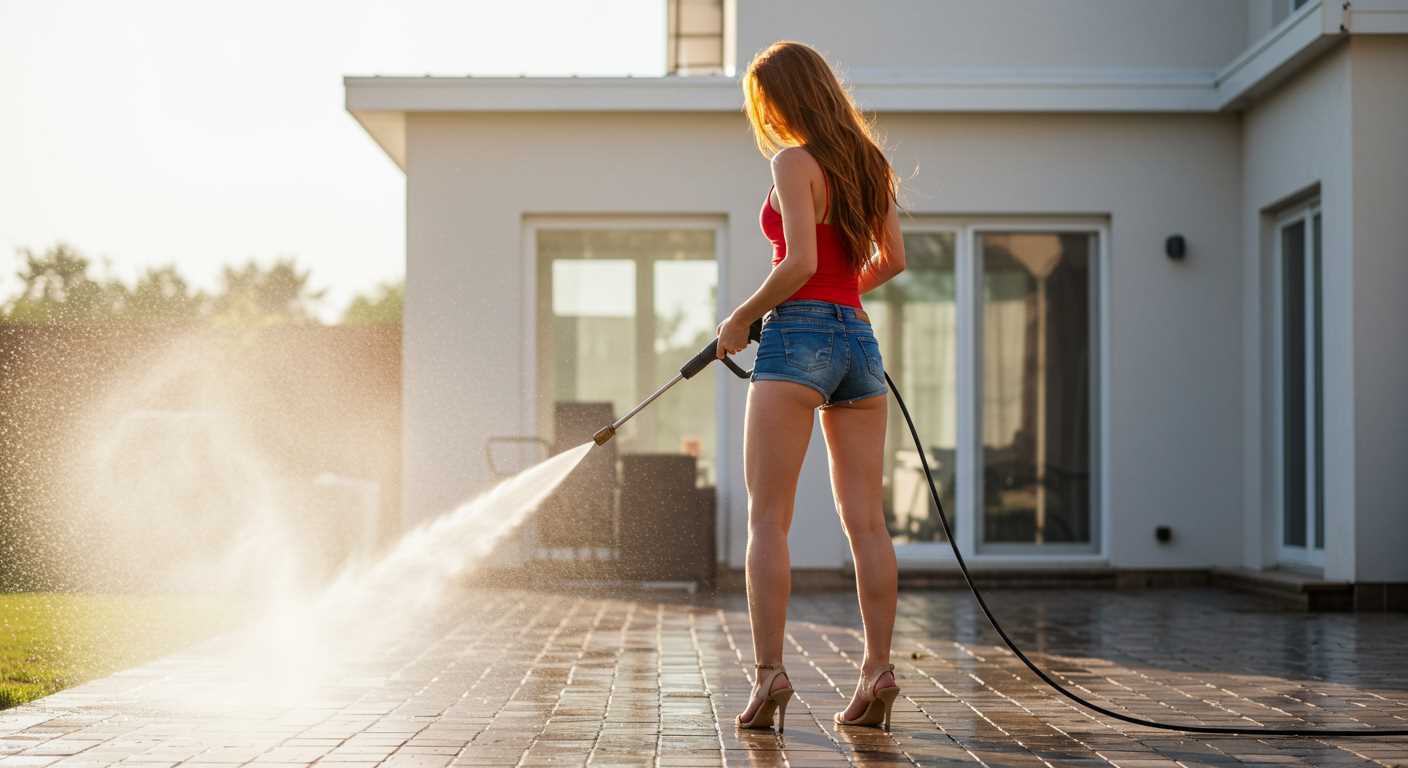
To maintain vehicle aesthetics without causing damage, knowing the specifications is vital. I recommend reviewing the following key characteristics before usage:
- PSI (Pounds per Square Inch): Look for a PSI range between 1200 and 1900. Higher numbers can risk damaging delicate surfaces or components.
- GPM (Gallons per Minute): A GPM of 1.4 to 1.6 suffices for automotive needs, providing efficient water flow without excessive force.
- Cleaning Power Units (CPU): This value, calculated by multiplying PSI and GPM, indicates cleaning effectiveness. Aim for a CPU between 1800 and 3000 for personal use.
- Nozzle Types: Use fan spray nozzles, particularly the 25° or 40° options, to prevent concentrated streams that could harm paint or finishes.
Always adjust the distance from the vehicle surface; a minimum of 2 feet is advisable. Regularly check the manufacturer’s recommendations; compatibility varies based on design and intended use.
When selecting equipment, consider electric models for light-duty tasks, as they tend to be quieter and easier to handle compared to gas alternatives that offer greater power but can be cumbersome.
Monitoring pressure settings and water temperature ensures an optimal cleaning process. Aim for a heated option at lower settings; high temperatures are often unnecessary and can cause degradation over time.
Maintaining your vehicle’s exterior hinges on the right equipment and techniques. Understanding specifications will enhance cleaning outcomes and prolong your automotive investment.
Choosing the Right Nozzle for Car Cleaning
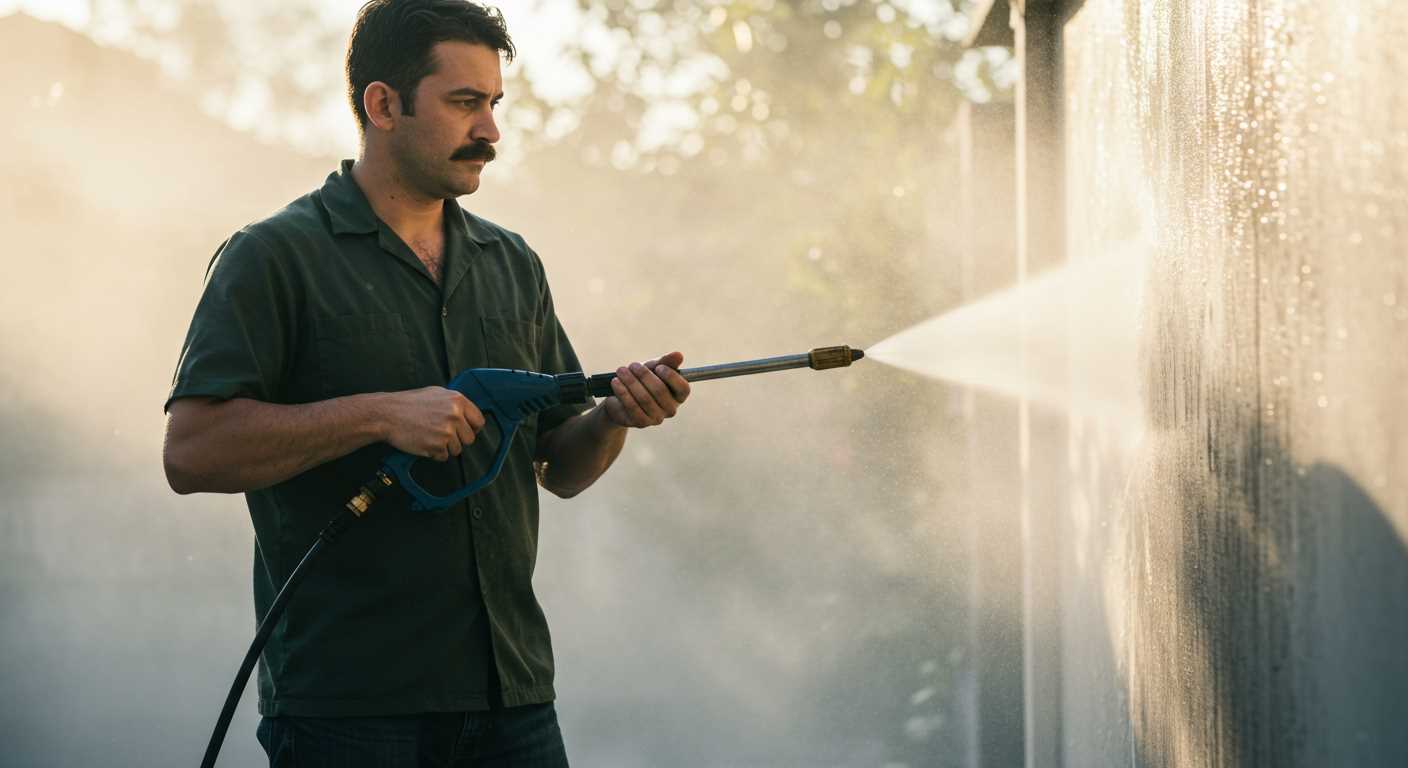
For achieving the best results while maintaining your vehicle’s finish, selecting the correct nozzle is paramount. Based on extensive testing and experience, I recommend starting with a 25-degree nozzle for general cleaning tasks.
Consider the Following Nozzle Types:
- 25-Degree Nozzle: This nozzle strikes a balance between spray width and pressure. Ideal for loosening dirt from surfaces without risking damage.
- 40-Degree Nozzle: Utilises a wider spray pattern, perfect for rinsing off soap or cleaning delicate areas. Minimal force reduces the likelihood of marring paintwork.
- Soap Nozzle: Typically comes in a larger degree, designed for applying cleaning solutions while minimising the impact pressure. Often crucial for pre-treatment of stubborn grime.
Additionally, avoid using a zero-degree nozzle. The concentrated jet is too forceful and can harm paint or loosen trim components. It’s essential to adapt your technique based on the specific areas of the vehicle; for instance, wheel wells and undercarriages can withstand more intense pressure, while body panels require a gentler approach.
Additional Tips for Optimal Results:
- Maintain distance: Position the nozzle approximately 2 feet away from the surface being cleaned to effectively remove debris while protecting the finish.
- Use a sweeping motion: Keeping the nozzle moving prevents concentrated pressure on any one spot, reducing the risk of damage.
- Always commence with the lowest pressure setting: Gradually increase if necessary, especially on sensitive areas.
By carefully selecting and using the correct nozzle, you can clean your vehicle effectively while preserving its appearance for years to come.
Impact of Pressure on Different Car Surfaces
Using a high-powered cleaner requires understanding the potential effects on various surfaces of a vehicle. I have observed that the impact varies significantly across different materials.
Painted Surfaces
For most painted areas, a moderate force of around 1200-1900 PSI is generally adequate. Higher pressure levels can lead to chipped or damaged paint, particularly on older or poorly maintained finishes. Always maintain a safe distance of at least 2 feet when cleaning these surfaces to avoid damage from concentrated jets.
Plastic Trim and Glass
Plastic and rubber components are less resistant to high intensity. Pressures exceeding 1400 PSI can cause distortion or discolouration. In contrast, glass is more resilient; however, excessive force can still lead to cracks, especially under temperature fluctuations. A lower pressure, ideally between 1000-1200 PSI, is recommended for cleaning these areas to ensure they remain intact.
Always test a small, inconspicuous area before proceeding with a full clean. Adjust your approach according to the condition and type of surface to maintain the vehicle’s integrity and appearance.
Best Practices for Using a Pressure Washer on Vehicles
Begin with a thorough rinse using a low-pressure setting to remove loose dirt and debris. This step prevents scratches during the main cleaning process.
Select a foam cannon attachment that applies a car-specific detergent. Apply the foam generously, allowing it to dwell for several minutes to break down grime and road film without harsh scrubbing.
Maintain a distance of about 2-3 feet from the surface while cleaning. This distance reduces the risk of damaging the paintwork, especially on sensitive areas like decals and trim.
Use the adjustable foam nozzle or a 25-degree spray tip for a gentle yet effective clean. A wider spray pattern disperses water over a larger area, minimising pressure impact on delicate finishes.
Rinse from the top down, ensuring that cleaning solution and dirt run off to avoid redepositing contaminants on lower sections. This method guarantees an even clean and prevents streaking.
Dry the vehicle using a soft microfiber towel to absorb residual water and prevent water spots. Take extra care around edges and seams where water tends to accumulate.
Regularly inspect the nozzle and connections for any debris. A clogged or damaged nozzle can increase pressure unexpectedly, posing a risk to the paint.
After cleaning, check for any wax or sealant removal. If necessary, apply a protective layer afterwards to maintain the vehicle’s finish and integrity.
Common Mistakes to Avoid When Washing Vehicles
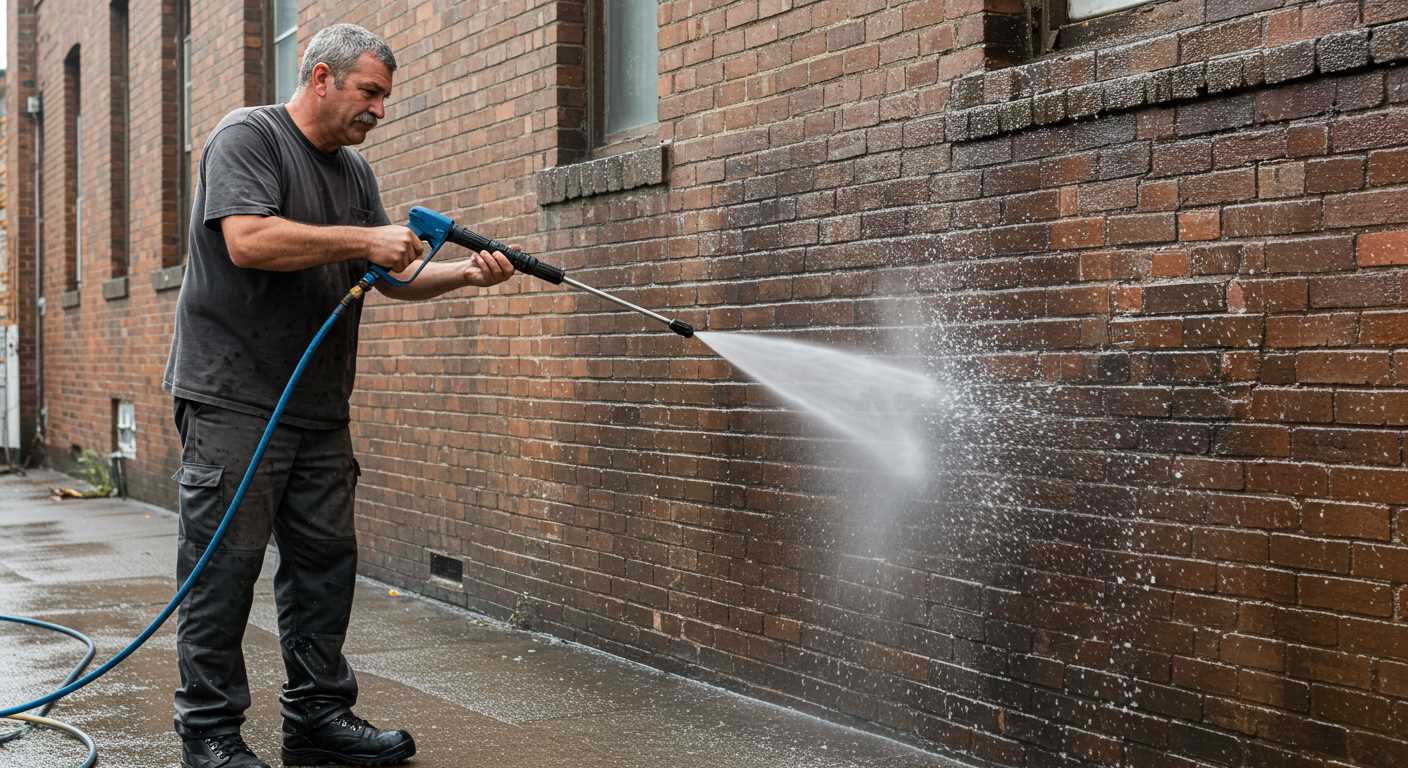
Avoid using high pressure too close to the vehicle surface. This can cause damage to paint and finish. Maintain a safe distance of at least 2 feet from the bodywork when cleaning.
Neglecting to pre-rinse is another frequent oversight. Dirt and grime should be softened before applying any cleaning solution. This ensures that tough debris doesn’t scratch the surface during the main wash.
Using inappropriate cleaning chemicals can lead to undesired results. Always choose products specifically formulated for automotive surfaces. Household cleaners often contain ingredients that may harm finishes or corrode metal parts.
Forgetfulness regarding wax protection is a common error. After a thorough cleansing, applying a wax or sealant is critical. These products provide a protective layer that helps preserve the sheen and guards against contaminants.
Overlooking the wheels and undercarriage can leave your automobile looking unkempt. Pay attention to these areas, as brake dust and road grime accumulate here. A specialised wheel cleaner can enhance the overall appearance.
Failing to check the water temperature can impact efficacy. Warm water usually works better with cleaning solutions, improving the breakdown of dirt and grime. However, ensure the temperature is not hot enough to harm any surfaces.
Last but not least, rushing through the process tends to lead to mistakes. Taking your time ensures thorough cleaning and reduces the risk of damaging any components. Aim for a careful, methodical approach for the best results.
Alternatives to Pressure Washing for Vehicle Maintenance
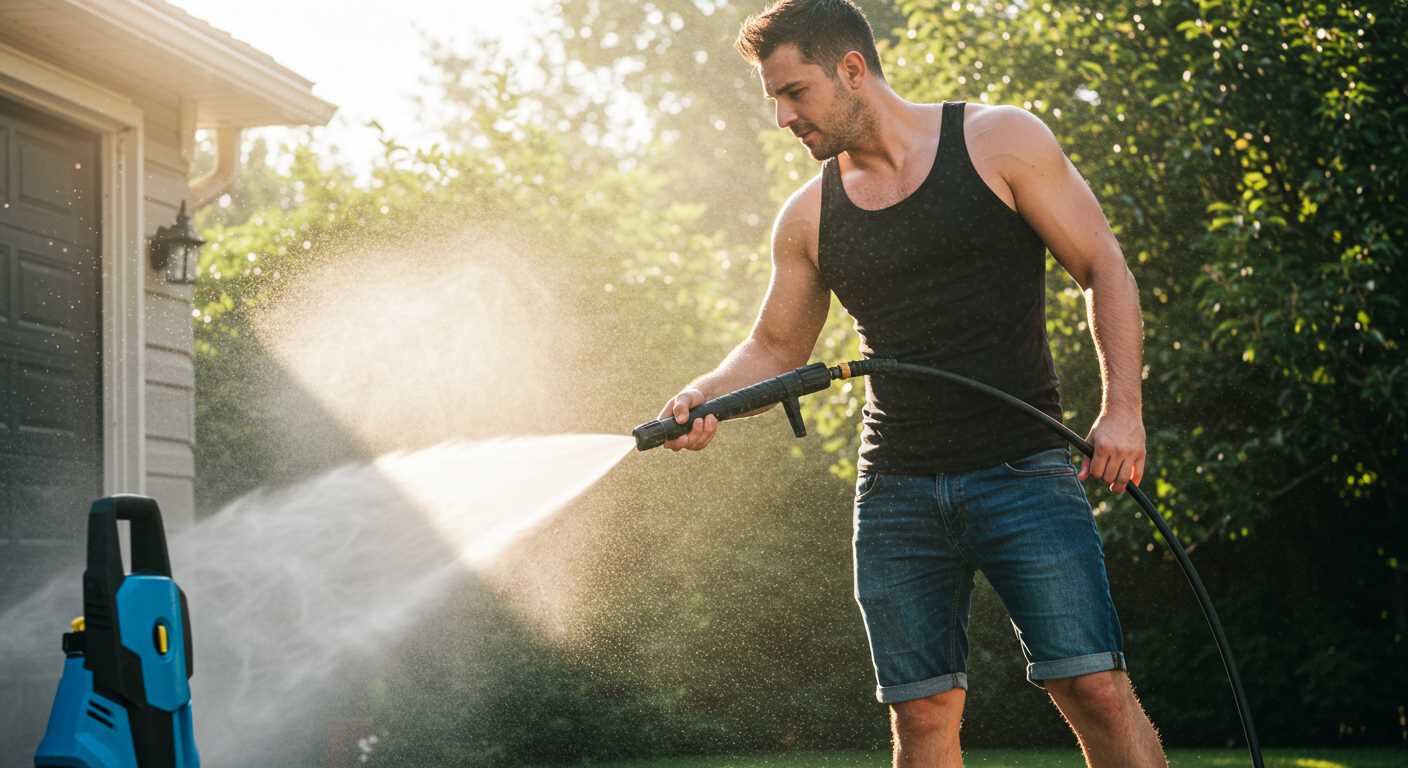
Hand washing remains one of the most effective methods for cleaning vehicles. Use a high-quality car wash soap in conjunction with a soft mitt to prevent scratches. Rinse thoroughly after applying the soap to ensure no residue remains.
Waterless Wash Solutions
Consider employing waterless cleaning products. These sprays allow for dirt and grime removal without the need for an abundance of water. They often contain lubricants that lift dirt away from the surface, safeguarding the paintwork while facilitating a quick clean.
Foam Cannons
Foam cannons can be excellent alternatives. When attached to a standard garden hose or a pressure cleaner, they dispense thick foam that clings to the surface. This method breaks down dirt more effectively and can be easily rinsed away, offering a thorough clean without the harsh force of high pressure.
Utilising detailing brushes alongside these methods can help target stubborn areas such as wheel wells and grilles. Clean these sections gently to avoid damage.
Lastly, regular maintenance wax can aid in repelling dirt and grime, making future cleaning easier. A good wax not only protects the surface but also enhances the vehicle’s appearance.








